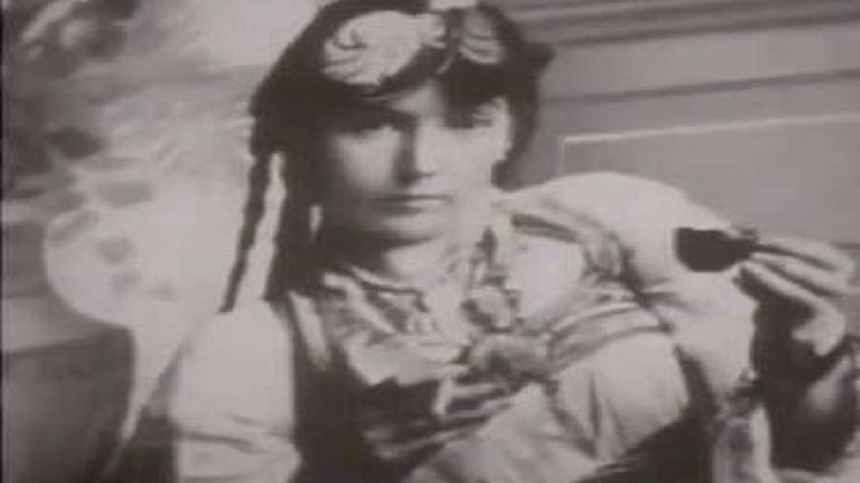Interesting facts
1. December 2019
1. December 2019
Hasanaginica is a well-known lyric-epic folk ballad which originated between 1646 and 1649 from Bosniak family from Imotski Kraj, which was then part of the Bosnian Eyalet. It probably passed from one generation to the next in oral form through the region of Imotski, until Italian travel writer and ethnographer Alberto Fortis, who called it the "Morlock ballad" (Morlaque = Illyrian) made sure it was not forgotten. It was first published in Venice under the title "Illyrian Ballad" in the book "The Way to Dalmatia" in 1774.
Do you like it?
16. January 2020
16. January 2020
The first and well documented trace about the Sevdalinka reaches far into the XVI century (more precisely 1574) and is interestingly linked to Split. It is owed to the then Prince of Split, as he sent the proofs of the true events, as well as the songs about them together with the regular mail to the Venetian Senate. This record is in the book: Vincenzo Solitro: Documenti Storici sull' Istria e la Dalmazia. Venezia, published in 1844. (Munib Maglajlić, 1983).
This document tells about the unhappy love between the Bosniac Adil from Klis and Marija (Mara) Vornić from Split; The Split prince also kept the memory of the local poet Franjo Boktulija, who wrote an epitaph into the fate of the unhappy young woman - the "Bidna Mara",..
This document tells about the unhappy love between the Bosniac Adil from Klis and Marija (Mara) Vornić from Split; The Split prince also kept the memory of the local poet Franjo Boktulija, who wrote an epitaph into the fate of the unhappy young woman - the "Bidna Mara",..
Do you like it?
25. January 2020
25. January 2020
In the middle of the 18th century, two brothers lived in Sarajevo who were wealthy merchants: Hadschi Mehmed-aga, called Pašo and Ibrahim-aga Morić, descendants of Mustafa-aga, who had been a janissary with the title Serdengecti (Storm Troopers) and mother Amina.
This was the period after the Battle of Banja Luka, when the Bosniaks, without the help of Constantinople, defeated the superior Austrian army and even higher taxes were imposed on them as a "reward"[...]
This was the period after the Battle of Banja Luka, when the Bosniaks, without the help of Constantinople, defeated the superior Austrian army and even higher taxes were imposed on them as a "reward"[...]
Do you like it?
2. March 2020
2. March 2020
The famous poet from Mostar is known for his patriotic poetry, but also for love poetry, which he wrote under great influence of the Bosnian Sevdalinka. The most significant of these is "Emina", a song that sings of the poet's unfulfilled love.
But who was Emina, the legendary beauty from Mostar?
But who was Emina, the legendary beauty from Mostar?
Do you like it?




